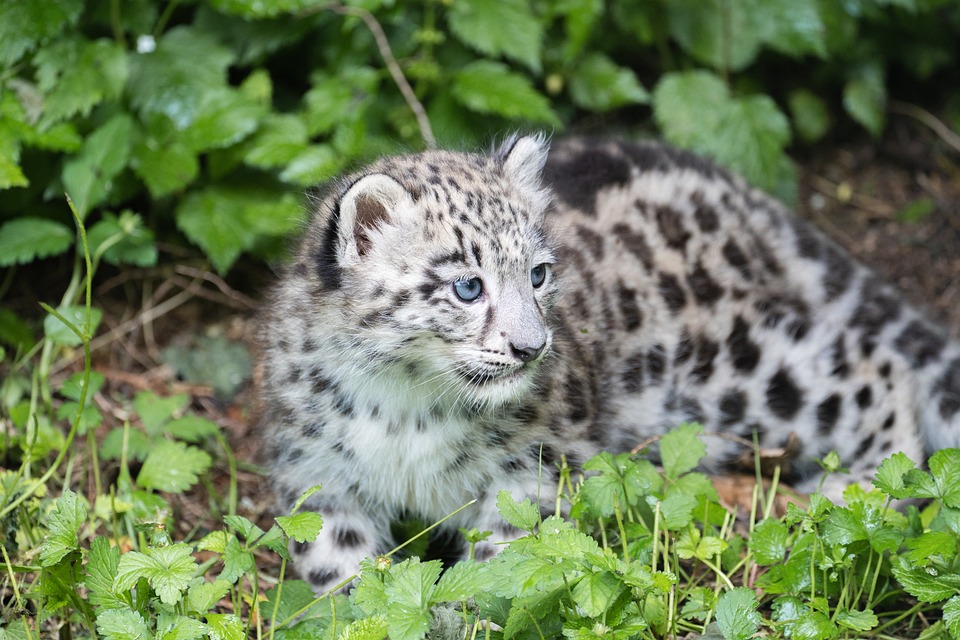Understanding cat communication is key to building a strong bond with your feline companion. Cats use a combination of vocalizations and non-verbal signals to express their needs, emotions, and desires. In this article, we will explore the fascinating world of cat communication, decoding their vocalizations, and deciphering their non-verbal cues.
Cats have a wide range of vocalizations that convey various messages. Meowing, for example, is primarily a form of communication between cats and humans. A short meow often means a greeting or a request for attention, while a long, persistent meow might indicate hunger, discomfort, or distress. Purring, on the other hand, is a sign of contentment, relaxation, and satisfaction. Cats may also purr when they are in pain or stressed as a self-soothing mechanism.
Hissing is a defensive vocalization that warns of aggression or fear. It is often accompanied by an arched back, puffed-up fur, and an aggressive posture. Chattering, on the other hand, is when a cat makes rapid, high-pitched sounds while watching birds or prey. It is believed to be an expression of excitement or frustration. Growling, however, is a clear sign of aggression, usually indicating that a cat feels threatened. It is essential to give growling cats space and avoid provoking them further.
Apart from vocalizations, cats also communicate through non-verbal signals. They use their body language to express a wide range of emotions and intentions. For example, a relaxed, gently swaying tail typically indicates a content and friendly cat, while a puffed-up tail indicates fear or aggression. Ear movements are also important to pay attention to. Forward-facing ears mean your cat is alert and interested, while flattened ears against the head indicate fear, stress, or aggression.
Cats’ eye expressions can also provide insight into their emotions. Dilated pupils can indicate either excitement or fear, while slow blinking is a sign of trust and relaxation. Body posture is another important non-verbal signal. A relaxed, loose body posture indicates a calm and content cat, while an arched back, puffed-up fur, and an aggressive stance suggest fear or aggression.
To help you better understand cat communication, here are some frequently asked questions:
Q1. Why does my cat chirp like a bird?
A. Chirping is believed to be a natural instinct when cats are excited or frustrated, particularly when watching birds or prey.
Q2. What does it mean when my cat licks me?
A. Cats licking their owners can be a sign of affection, grooming behavior, or a request for attention.
Q3. Why does my cat flick its tail back and forth rapidly?
A. Rapid tail flicking is often a sign of agitation, annoyance, or potential aggression. It’s best to give your cat space in such situations.
Q4. What does it mean when a cat’s ears are flattened?
A. Flattened ears typically indicate fear, stress, or aggression. It’s important to approach with caution and allow the cat to calm down.
In conclusion, by understanding the vocalizations and non-verbal signals of your cat, you can enhance your relationship and create a harmonious environment for your furry friend. Paying attention to their sounds, body language, and behaviors will enable you to respond appropriately to their needs, ensuring a happy and healthy cat-human connection.








